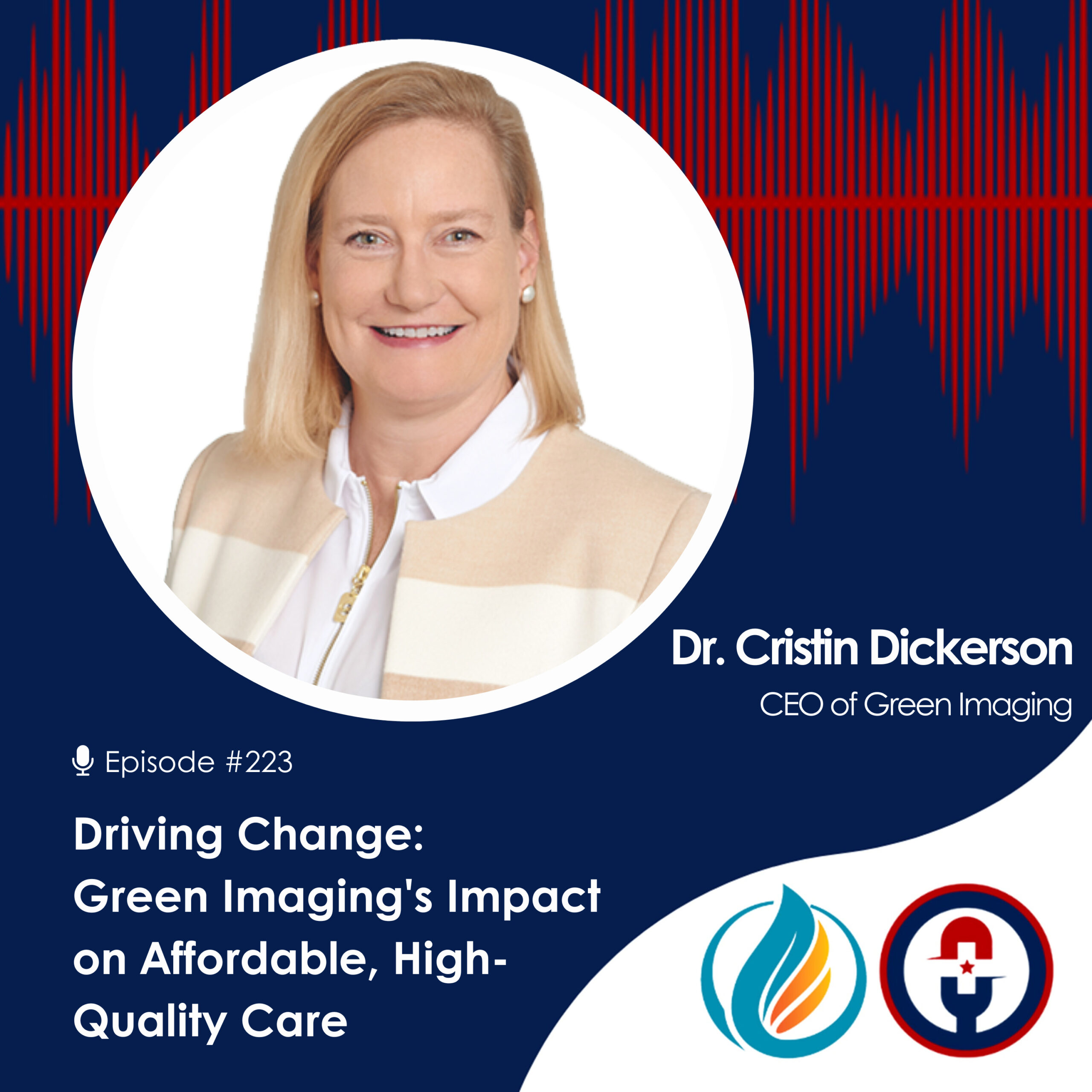Direct Primary Care: The Free Market Alternative

The healthcare system, as it is currently conceived, simply isn’t sustainable. Perverse incentive structures coupled with powerfully entrenched third-party interests have created a system that taxes consumers with high, hidden prices and burdens doctors with an inscrutable bureaucracy.
However, promising new and emerging models of delivering and billing for essential health care services are coming to the fore. One such approach, known as Direct Primary Care, is making a big splash in an industry beset with pricing and cost challenges.
What is Direct Primary Care (DPC)?
Direct Primary Care is one free market solution to the dual problems of high, unaffordable health care prices for consumers and the chronic overstretching and overworking of doctors, nurses, and other allied healthcare professionals. Direct Primary Care practices, sometimes referred to as “retainer practices,” are healthcare providers, such as doctor’s offices, physician groups, clinics, and healthcare facilities that provide services for a recurring monthly fee similar to the monthly membership fee charged by a fitness club.
Unlike traditional practices, offices and clinics that operate in a Direct Primary Care model usually do not accept insurance or payments from other third-party payers such as Medicare or Medicaid. Instead, for under $100 per month, typically $50 to $90 dollars per month, a patient can receive personal, quality care from a primary care physician. This not only provides a much more affordable healthcare solution for patients, but it also allows doctors to spend more time with their patients and focus on their overall health, rather than just providing "sick care". Most importantly, a Direct Primary Care model effectively eliminates the middlemen and third-party payers, such as insurance companies, whose power over payouts can often be used as leverage against both providers and consumers.
"Slicing out the middlemen, in this case, third party payers, a Direct Primary Care model can massively reduce overhead costs and eliminate middlemen markups."
--- DR. CRISTIN DICKERSON, MD
Four Common Healthcare Models (Physician Billing Methods)
In order to understand how a Direct Primary Care model fits into the current healthcare system, it is helpful to take a look at other prominent models in the healthcare marketplace today.
Third Party Payer
What are Third Party Payers?
Third Party Payer is the most common billing model in the marketplace today.
Under a third party payer system, the individual receiving goods and services, in this case, healthcare, is different and separate from the entity receiving the bill, in this case, either a health insurer or the Federal government.
Because the individual only needs to pay a limited copay, patients demand considerably more goods and services than they would if they had to cover the entire bill themselves. The providers of goods and services, such as hospitals and clinics, are also incentivized to provide as many goods and services as possible for each patient, knowing that a third-party will be picking up the tab. Even worse, providers are also incentivized to charge as much as possible for each procedure provided, knowing that the individual himself won’t object since the individual only needs to pay a limited copay.
This artificial diversion of normal market forces away from the healthcare industry is one of the fundamental causes of the system’s current instability. Consumer detachment from the actual costs of healthcare, coupled with questionable and inflated pricing practices as encouraged by the current healthcare arrangement is responsible for the runaway spiraling healthcare costs we see today.
Fee for Service
What is Fee for Service?
Fee for Service is a type of market-driven billing model where health care goods and services come unbundled. Like an a-la-carte line, patients pay for the services they use. While this may seem like a free market solution, one of the weaknesses of this approach is that it incentivizes providers to increase the quantity of treatment rather than the quality.
Payment in a Fee for Service model is dependent on the amount of care rather than the effectiveness of that care. It does not incentivize holistic, preventative care. Instead, the Fee for Service model can cause potential conflicts of interest and encourages overutilization.
Medical Concierge
Medical Concierge healthcare services are commonly mistaken for Direct Primary Care (DPC) practices. However, offices and clinics operating under a concierge model are very different. Medical Concierge practices often charge more than $100 per month and focus on a more exclusive and affluent clientele. It is private healthcare for the wealthy or those who can afford to pay a premium for individualized care and extra time with their doctor.
Medical concierge services not only draw revenue from recurring monthly or annual fees, but they also bill third party payers such as insurers for visits and services provided. Because of the higher fees involved as well as a continued reliance on third party payers for added revenue, most medical concierge services do not qualify as a Direct Primary Care model.
Direct Primary Care (DPC)
Direct Primary Care Providers
Direct Primary Care clinics do not accept any form of third-party payments. Rather, they rely on a recurring monthly or annual fee to remain financially viable. For under $100 per month, patients can receive the primary and preventative care they need. Patients at a Direct Primary Care clinics report significantly less waiting times and more face-to-face time with their primary care physician at an affordable price. Most DPC providers also offer telemedicine solutions and 24 hour 7 day a week provider access.
Doctors benefit as well with a reduced workload and more time to effectively craft the right treatment and therapy regimens for their patients. As a free market solution, the Direct Primary Care model is particularly effective since it aligns a doctor’s interests with that of his patients’.
Unlike Fee for Service or Third Party Payer models, physicians working under a Direct Primary Care system do not make more money by providing more care. Instead, it is in the interest of the provider to offer much less expensive (and much more effective) holistic and preventative care rather than costly emergency procedures. Doctors are encouraged to focus on quality medical care rather than quantity, which eliminates the problem of overutilization.
DPC providers also shepherd any specialist care and ancillary services, shopping on behalf of patients for high-quality low-cost providers and solutions, thus magnifying the value they bring to the market.
Direct Primary Care Model: Restoring Equilibrium
By slicing out the middlemen, in this case, third party payers, a Direct Primary Care model can massively reduce overhead costs and eliminate middlemen markups.
These savings are then distributed as lower healthcare costs for consumers and healthier profit margins for individual care providers. It is a win-win for both consumers and the doctors they trust.
Direct Primary Care also reintroduces elements of the free market back into the healthcare market restoring equilibrium and driving prices down. One of the most important drivers of rising medical costs is the lack of transparency industry wide. With a monthly membership fee which includes essential care, consumers can obtain the primary care they want and need at a higher quality and at a lower price. Doctors, likewise, are not faced with a mound of paperwork and third-party bureaucrats questioning their every decision.
Direct Primary Care Shortfalls
The Direct Primary Care (DPC) model of health care can be a great free market solution, improving quality while reducing the cost of visiting a physician. However, it is less useful for catastrophic health emergencies and pre-existing chronic conditions.
Some services, particularly specialist services, are often not covered by a retainer. As a result, many Direct Primary Care clinics recommend that their clients also acquire a high-deductible, wraparound policy or join a healthshare to cover emergencies. This ensures that in the unlikely event of a catastrophic health event, such as cancer or a traumatic accident, that the patient is still covered financially.
5 Benefits of a Direct Primary Care Model
- Rewards Doctors for Holistic Care
- Realigns Healthcare Incentives
- Reduces Overhead
- Substantial Savings
- Increases Quality Physician Time
- Replaces "sick care" with "well care"
Green Imaging: Helping Direct Care Practices in Texas
Green Imaging assists Direct Care Physician clinics by providing quality diagnostic imaging services at rates typically well below that of traditional imaging facilities and by working closely with Direct Care Practices and other free market providers. Our Direct Primary Care providers use us as a resource to get the right test on the right machine at the right price. We also work with all of the major healthshares and our pricing is frequently well below their allowable pricing. Unlike some other imaging facilities, the cash-pay price we offer is the final price you pay. There is no extra charge for the radiologist fee. You pay for your procedures up front, with no surprise bill after the fact. No paperwork. No bureaucracy. No Surcharges. No problem.








